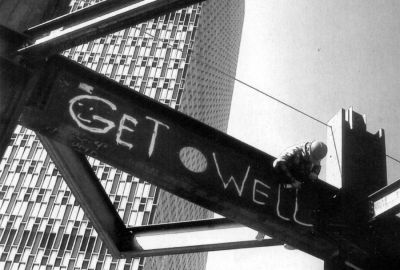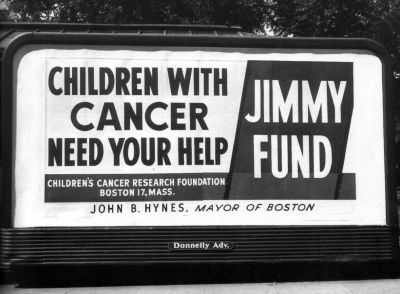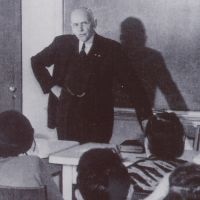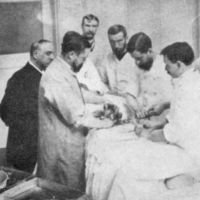Primary Source
We the citizens of Massachusetts, are once again given the opportunity to join with the Children's Cancer Research Foundation, in cooperation with the Variety Club of New England, the Boston Braves, and the Motion Picture Industry in the noble fight against Cancer.
Cancer does not discriminate in its attack. Race, color and creed provide no barrier against this horrible visitation.
Children affected with Cancer present a grave problem. The alarming increase in the number of children stricken in this fashion and the present need for greater facilities whereby Cancer can be studied and its victims treated, commends this public appeal as worthy of our best efforts.
The peoples of this State have shown by the quality and quantity of their generosity toward this charitable activity that they feel that the "JIMMY" Fund is worthy of the support of all citizens of this Commonwealth.
Therefore, I, Paul A. Dever, Governor of the Commonwealth of Massachusetts, do hereby proclaim as
JIMMY TIME
AUGUST 26 through SEPTEMBER 9, 1951
and do urge the people, through the medium of the "JIMMY" Fund to do your part in stamping out Cancer among children.
GIVEN at the Executive Chamber in Boston, this fifteenth day of August, in the year of our Lord one thousand nine hundred and fifty-one, and of the Independence of the United States of America, the one hundred and seventy-sixth.
By His Excellency the Governor,
[signed] Paul A. Dever
Secretary of the Commonwealth,
[signed] Edward J. Cronin
GOD SAVE THE COMMONWEALTH OF MASSACHUSETTS








